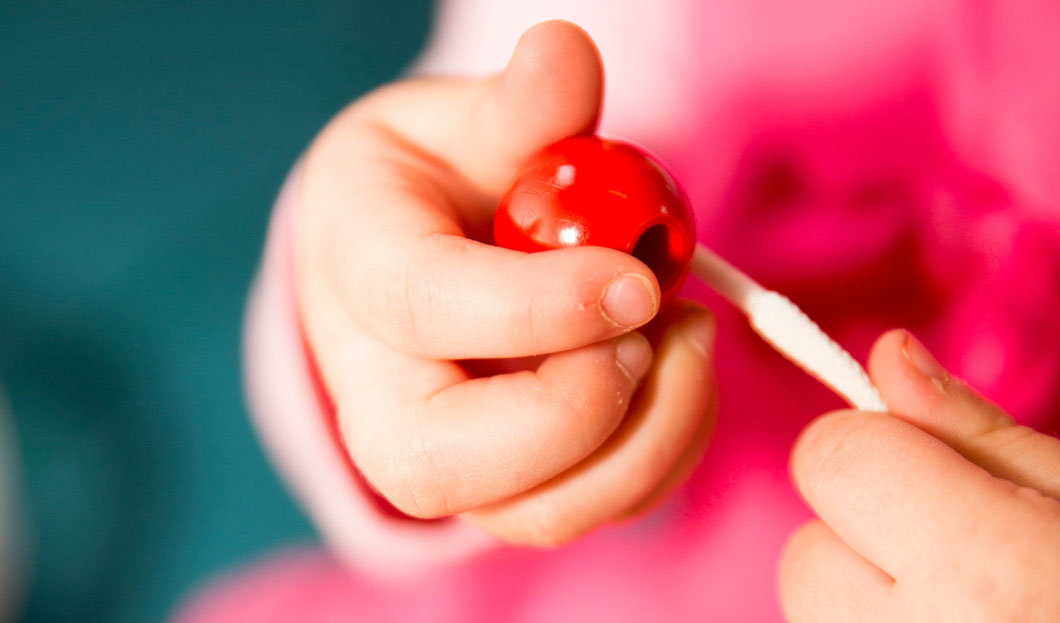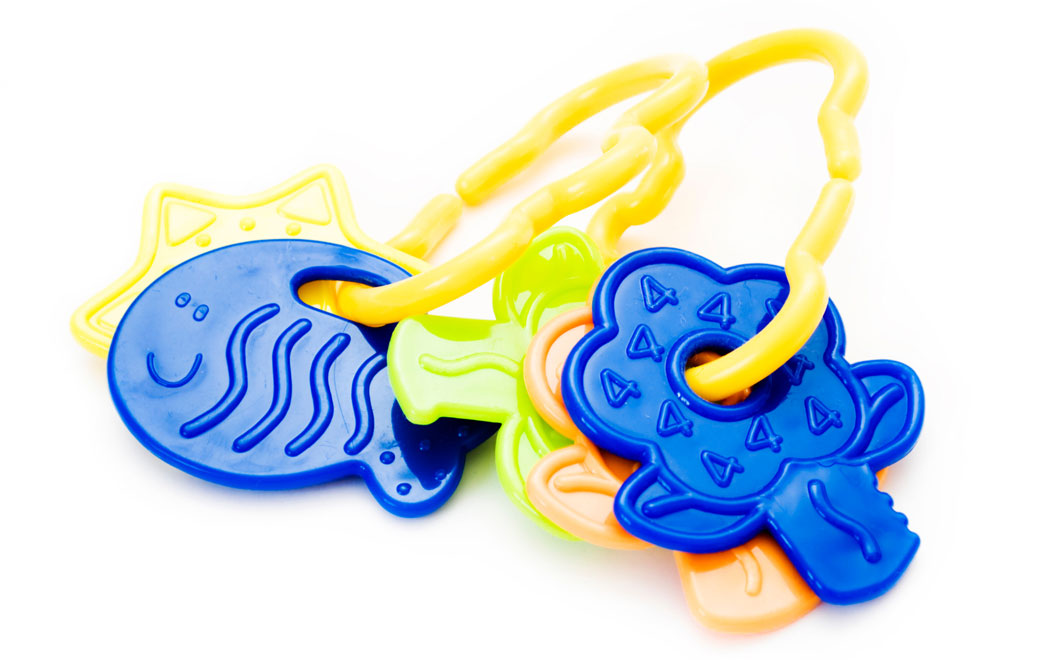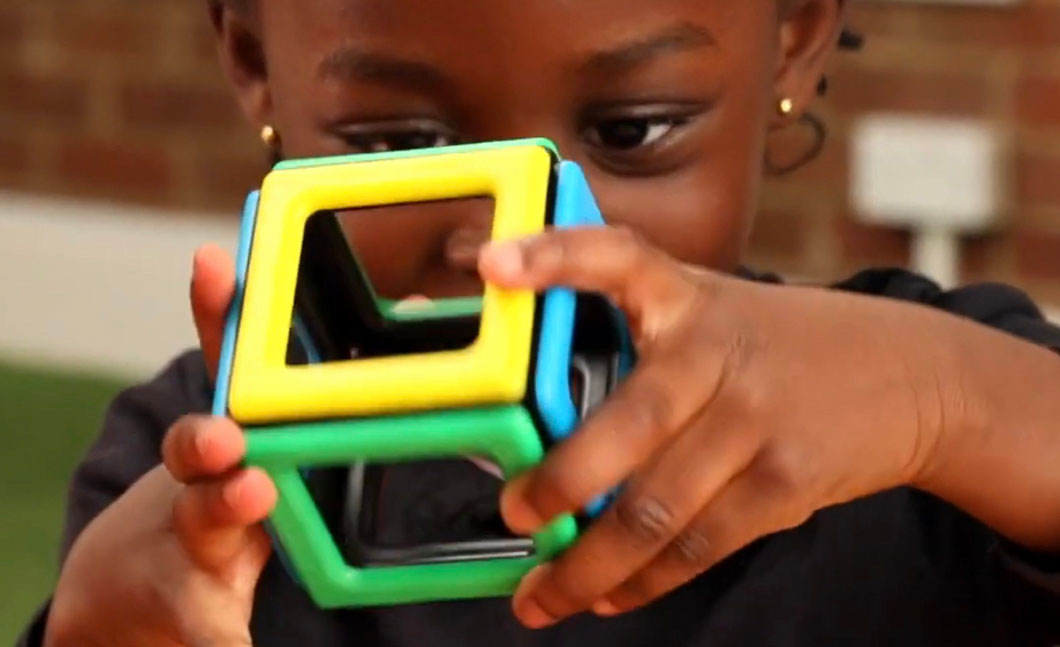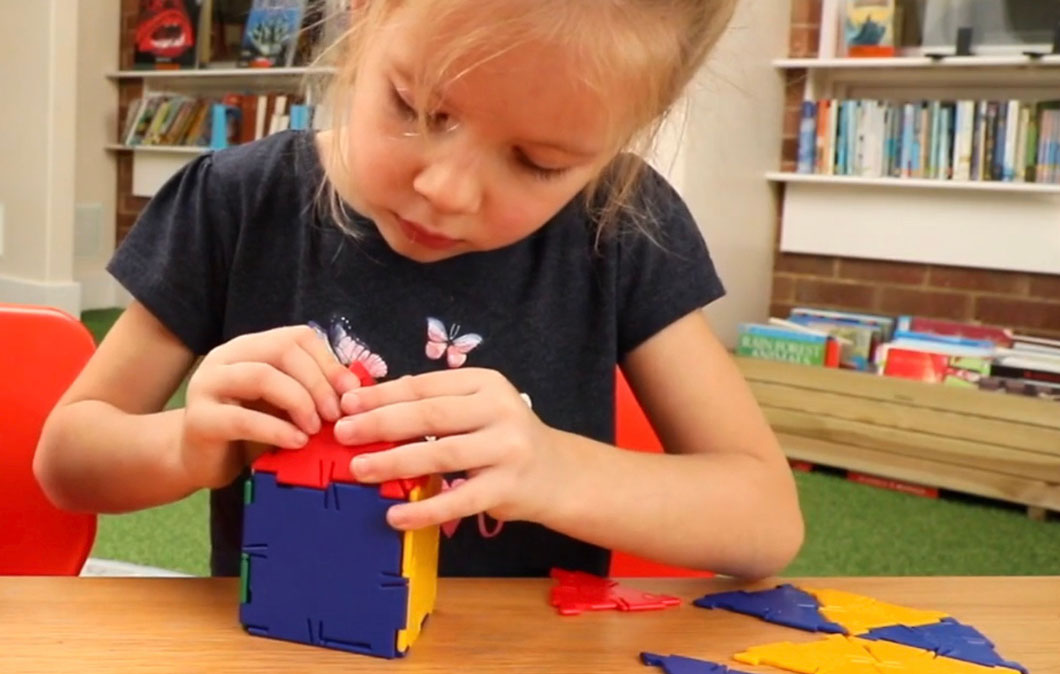The Importance of Developing Fine Motor Skills in the Early Years
The idea for this article came to me whilst I was attempting to open a can of beans, I tried to use the pull ring to get it open, I was trying to manoeuvre my finger underneath to lift it up, but it was one of those pull rings that was tight, and I just couldn't do it! So, I went to use a can opener instead…
I was thinking about the muscles in my hands and arms and how many of them I was attempting to use to try to complete the simple task of opening a can. Did you know that there are 30 muscles in your hand and most of them are controlled by your forearm? Nope? Neither did I until I googled it! (Thanks Google)
So, I'm no specialist in muscle or child development, but again my thought process spiralled into thinking about how we learn to develop these muscles, what aids our muscles in their development? At what age does this development begin? Is there a right time and way to do it?
As this article progresses, we must remember that children hit milestones at different stages and there is no wrong or right time to hit these developmental changes. For the purpose of this blog, I have been researching co-ordination and motor skill changes from birth to 5 years (the Early Years Foundation Stage).
Going back to the start, all of us develop at different stages, on a different timeline, no two of us are the same but we can all be certain that human development and growth starts at birth.
- By the time we are 12 months old, we should be able to crawl around, and we may be able to start to pull ourselves up into the standing position.
- By the time we are 2 years old, we should be able to walk and hold a crayon.
- By the time we are 4, we should be able to jump with two feet and draw simple shapes like circles and squares.
- By the time we are 5, we should be able to copy shapes and letters.
Now, let's pull out the points where we start to use our hands and arms.

- 3 months old, we find our hands and start to grasp things.
- Between 4-6 months, we may be able to sit with our hands balancing in front of us (like a camera tripod) and we might be reaching towards different objects with both hands and be able to grasp at toys.
- Around 9 to 12 months, we develop more control over our hands and fingers, and we may be able to grab small objects with the forefingers and thumb.
- 12 to 18 months, we can scribble with a crayon and use both hands to play.
- 18 to 24 months, we can build a block tower using 3-4 blocks and we can hold crayons with fingertips and thumb.
- By 5 years old, we may be able to draw, paint and colour, have good finger skills and be able to place small objects into a bottle quickly.
The points of development in which we use our hands are known as Fine Motor Skills.
What are fine motor skills?
Fine motor skills are thought of as the movement and use of hands and upper extremities and include reaching, grasping and manipulating objects with your hands. These skills are used throughout childhood and adult years.
When used in conjunction with hand-eye co-ordination, fine motor skills open a whole new world of learning, exploration and creative expression.
How can we encourage and develop fine motor skills?
In our early development, practicing movements such as the ‘pincer grip' - the movement using our index finger and thumb - can improve strength and co- ordination. Activities such as stacking blocks can improve our hand and wrist stability, and likewise a simple (and maybe sometimes dull) game of filling and emptying a toy box boosts grip and finger strength; as well as using integrated muscle movements, concentration and cognitive reasoning.
Normal everyday actions, lead to the development of our muscles and fine motor skills as children, but sometimes using toys can help us practice and master our skills in a more enjoyable way.
What manipulatives can we use to develop our fine motor skills?
In children, sometimes it makes it more accessible and fun to add toys, games and craft activities into the learning process.

For babies:
- A grasping toy, such as a tag toy, chunky rattle or teether can help us develop grasping skills, hand eye coordination and finger muscles.
For 1 year and above:
- A stacking toy, with chunky pieces, bold colours and/or patterns to stimulate visual development.
- A building toy, like super soft building blocks that squish, stack and squeak.
- A posting game, the perfect problem-solving game that also improves hand-eye coordination.
- Chunky crayons, ideal for improving grip and introducing mark making activities.
For 2 to 3 years:
- Play dough, make your own or buy ready-made, any form of play dough can be used for rolling, pinching or stacking.
- Chunky, connecting building blocks such as Duplo are fantastic for building hand strength.

For 3 years and above:
- A magnetic construction toy, a product like Magnetic Polydron or Polydron Mega Mag, which come in an array of colours and sizes perfect for hands of all sizes.
- Lacing pictures or activities, threading pasta onto string, or threading a picture board.
- A construction toy, which requires concentration and the twisting and turning of hands.

For 4 years and above:
- Original Polydron, using basic shapes such as Squares and Equilateral Triangles not only teach shape recognition but the unique Polydron hinge masters basic hand movements.
- Stacking blocks like Lego, they are much smaller than Duplo and hone in on the pincer grip movement.
Connecting, colouring, stacking, sticking and lacing - all these movements contribute towards the development of our fine motor skills as children which give us the ability to progress as we go through our education and personal development journey.
Playtime is an important part of our early years' development and it, as well as any form of creative exploration, should be encouraged at any given opportunity.
So why are fine motor skills important?
Developing fine motor skills in our Early Years opens the ability for greater independence and confidence as we grow up. The ability to complete everyday tasks such as getting dressed, brushing our teeth, washing our hands, using a computer, riding a horse, driving a car or opening a can of beans - can opener or not…
I started this article telling you where this idea came from, a can of beans and my failure at using my hands to open it, I feel obliged to tell you that the can-opener was also broken.